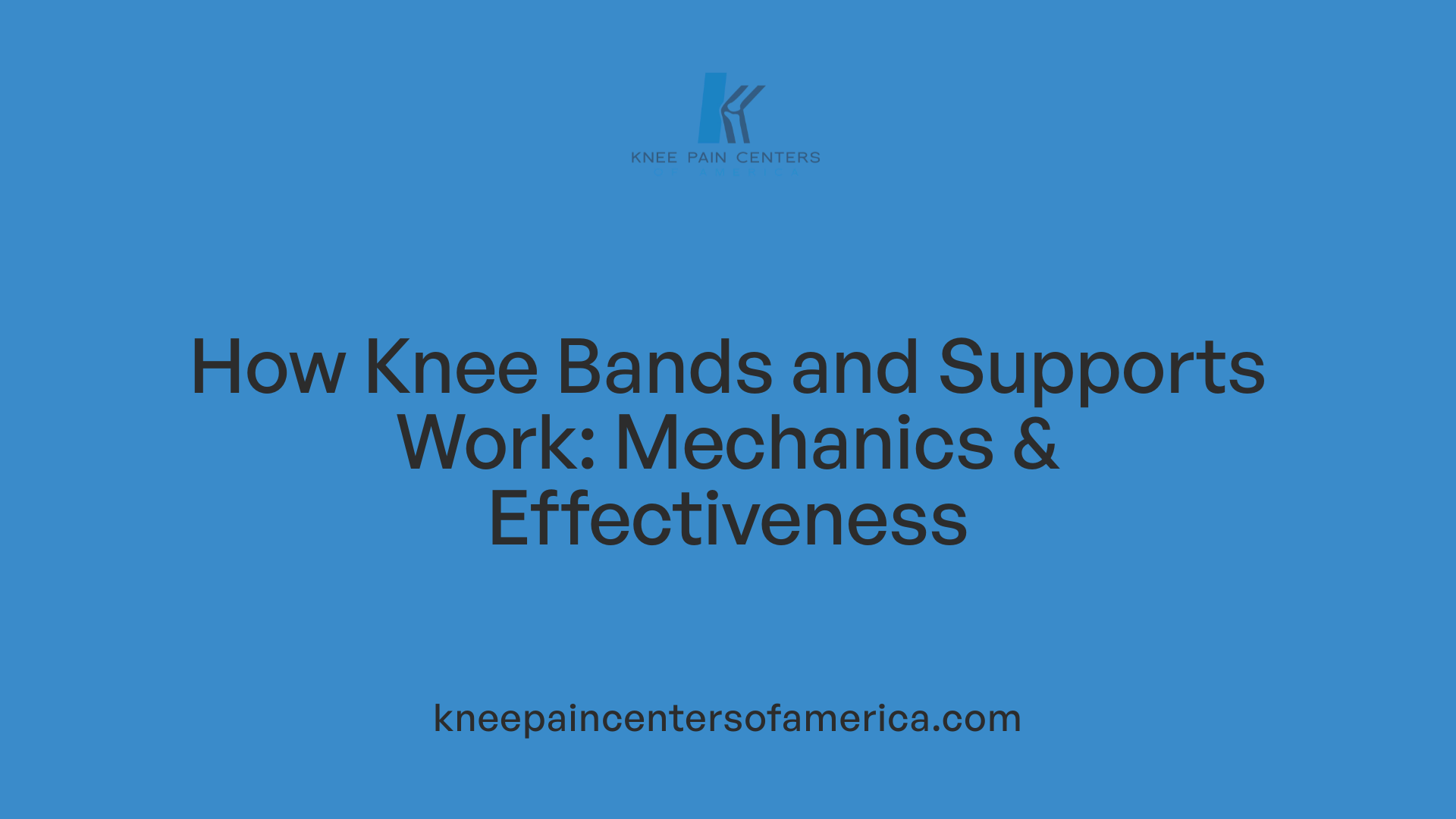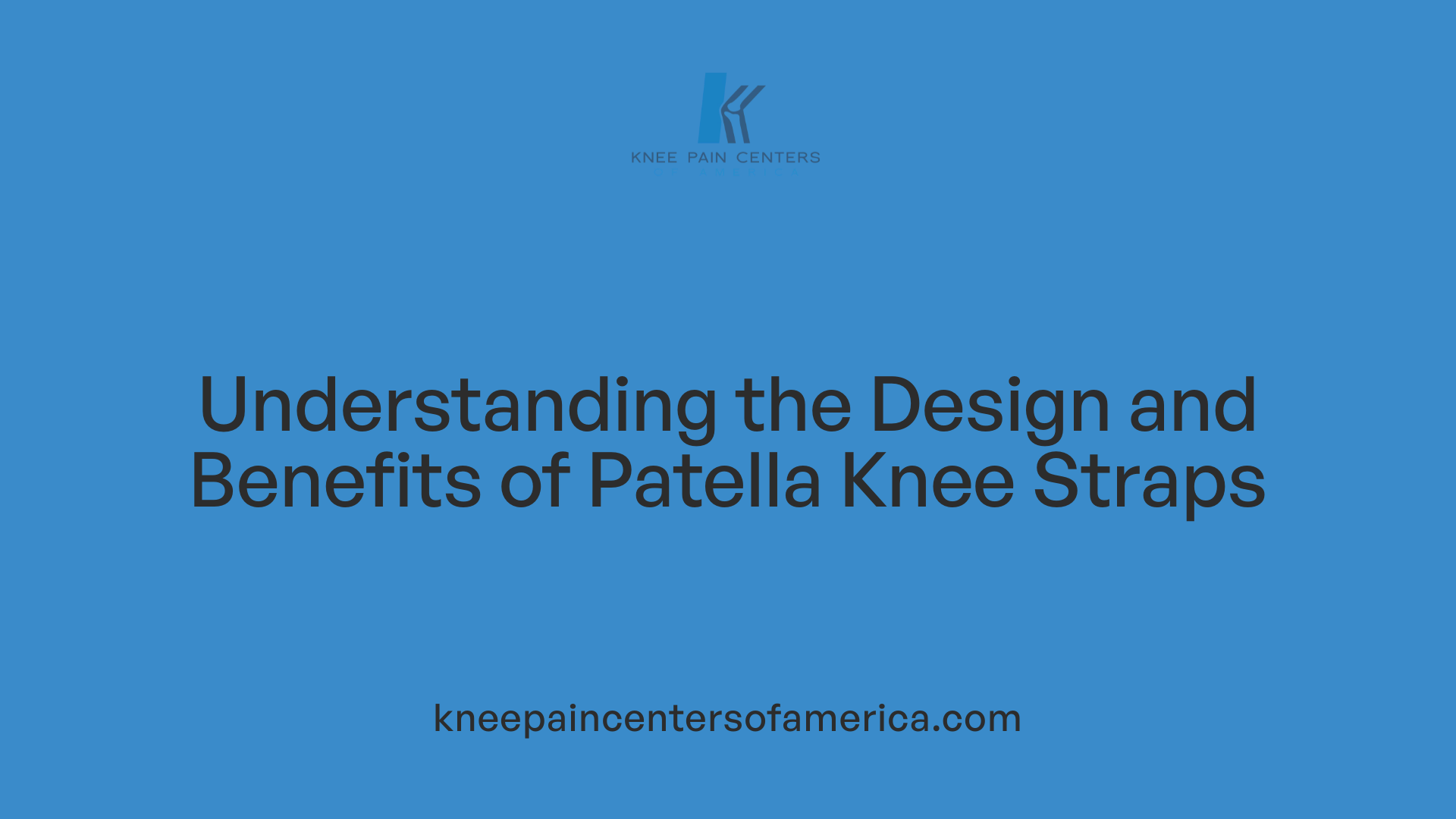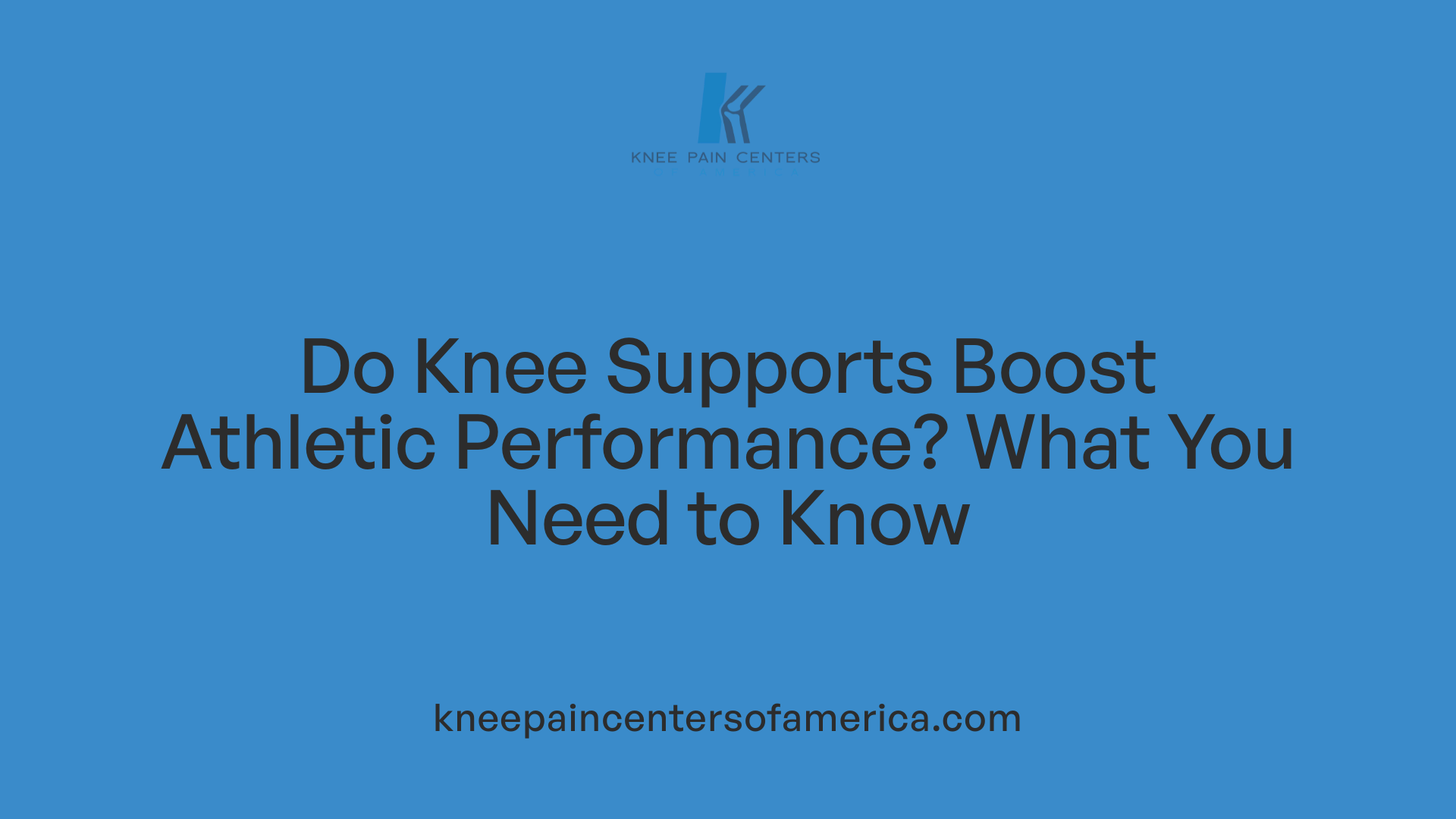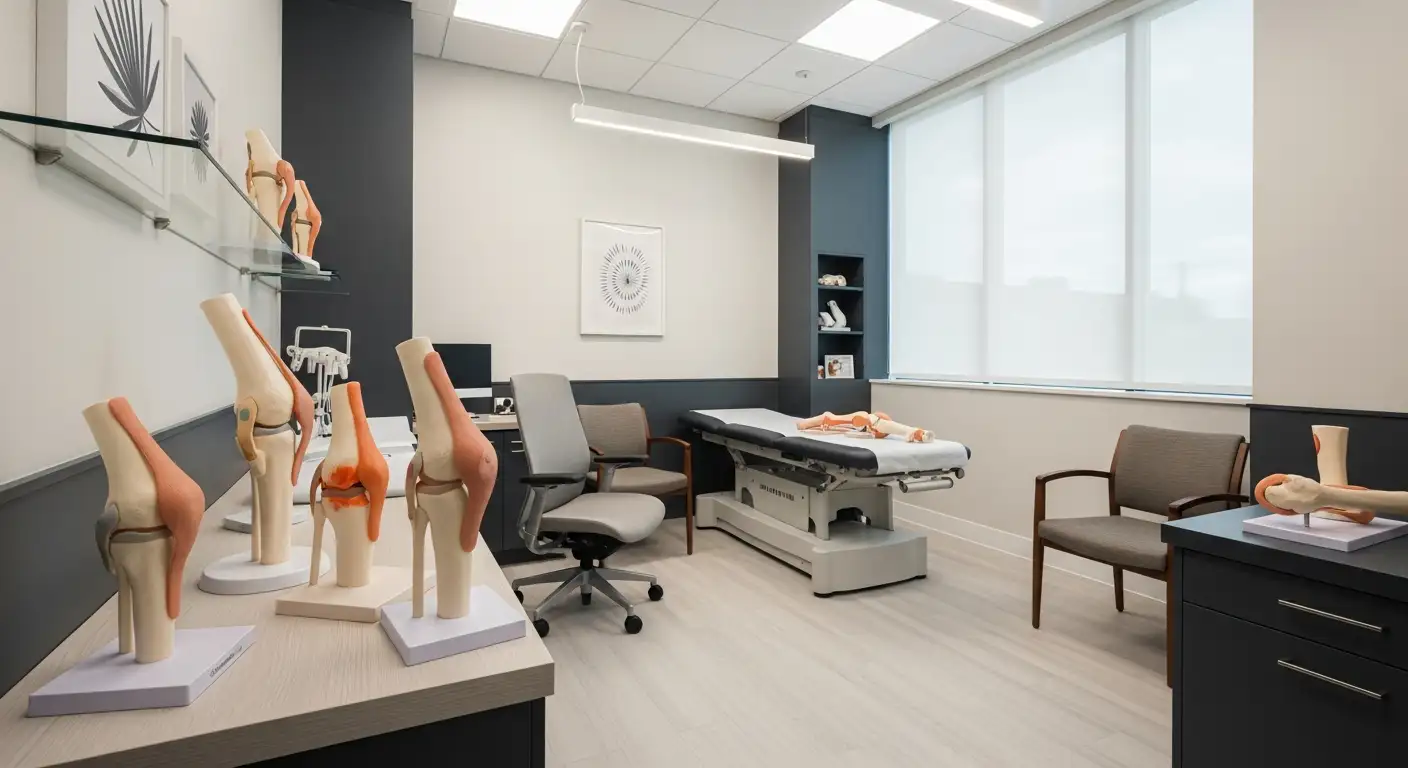Understanding the Role of Knee Bands in Basketball
Basketball players frequently wear rubber bands, straps, or supports around their knees, a practice rooted in the desire to enhance performance, provide support, and prevent injuries. This article explores why these bands are used, how they work, and what science says about their benefits and limitations.
The Purpose and Function of Knee Straps in Sports

Supportive role of knee bands
Knee straps, such as infrapatellar straps or bands, are popular among athletes for providing additional support to the knee joint during various sports activities. These straps are designed to wrap around the bottom of the kneecap and apply pressure on the patellar tendon. This support helps stabilize the knee and reduces unnecessary movement, which can be particularly beneficial during high-impact actions like jumping, sprinting, or quick lateral movements.
Patellar bands and tendons straps effectively help athletes maintain proper knee alignment. By supporting the structure of the knee, they can improve comfort and confidence during intense physical activity. Many athletes also wear them as a preventive measure to avoid injury, particularly if they have a history of knee problems.
Reduction of knee strain and pain
Research indicates that infrapatellar straps significantly decrease strain on the patellar tendon. A study conducted on healthy young men found that these straps increased the angle between the patella and the tendon (patella-patellar tendon angle or PPTA) and decreased the length of the tendon, leading to less tissue strain.
This reduction in strain directly correlates with less knee pain. For individuals suffering from conditions like jumper’s knee or patellar tendinopathy — which involve tendon damage without active inflammation — these straps can help alleviate discomfort by offloading the tendon. While findings from studies on healthy individuals are promising, further research is needed to establish their effectiveness among symptomatic athletes.
Prevention of injuries and management of conditions
Knee straps not only help manage existing conditions but also serve as preventative tools. Athletes involved in sports that require repetitive jumping or sprinting are at risk of developing tendinopathies such as jumper’s knee. Using a patellar strap can modify the forces acting on the knee, potentially preventing excessive strain that could lead to injury.
However, these supports should complement a broader approach that includes proper training, technique, and medical consultation. They are intended as temporary aids or support tools, not long-term remedies. Consulting with an orthopedic professional can ensure correct diagnosis and appropriate use of these devices for injury management or prevention.
| Functionality Aspect | Description | Additional Notes |
|---|---|---|
| Support and Stability | Enhances knee joint stability during activity | Especially useful in high-impact sports |
| Strain Reduction | Decreases stress on the patellar tendon | Beneficial for conditions like jumper’s knee |
| Pain Alleviation | Can reduce knee pain temporarily | Not a cure, to be used alongside other treatments |
| Injury Prevention | Helps prevent overuse injuries in the knee | Should be part of a comprehensive injury prevention plan |
In summary, knee straps are valuable tools for athletes aiming to support their knees during strenuous sports activities. Their ability to support, stabilize, and reduce strain on the knee makes them a popular choice. Proper application and professional guidance can maximize their benefits, ensuring they function as effective aids in performance enhancement and injury prevention.
Why Basketball Players Wear Rubber Bands or Knee Supports

Why do athletes wear knee straps and supports?
Athletes, especially those involved in high-impact sports like basketball, often wear knee straps such as infrapatellar straps or bands, and patellar supports, to help reduce knee pain and prevent injuries. These straps are designed to provide extra stability and support to the knee joint, which is critical during activities involving jumping, running, and quick lateral movements.
Knee supports enhance proprioception, giving athletes better awareness of their knee position, which can contribute to safer movements and better control. The targeted compression from these straps helps in redistributing pressure across the knee, reducing the strain on the patellar tendon. This is particularly important for athletes dealing with or trying to prevent conditions like patellar tendinopathy or jumper's knee.
Standout products like the Bauerfeind Sports Knee Support feature advanced designs aimed at stabilizing the knee, providing pain relief, and maintaining moisture control for comfort. These supports can also assist in managing existing injuries by stabilizing the kneecap and easing pressure on damaged tissues. Their use is linked to an increased ability to perform high-intensity movements while minimizing injury risks.
While these supports are not a cure-all, they play a vital role in injury prevention, especially during rigorous sports. Proper use, combined with professional medical advice, ensures athletes can stay active, confident, and injury-free.
Mechanics and Effectiveness of Knee Bands and Supports

How do knee bands or straps help in injury prevention, support, or pain relief?
Knee bands, straps, and braces serve multiple purposes in protecting and supporting the knee during physical activity. They work primarily by providing targeted compression and stability to the knee joint.
Infrapatellar straps, for instance, are designed to place pressure on the patellar tendon. This pressure helps to shift the patella-patellar tendon angle, decreasing the tension on the tendon and reducing strain during movement, particularly during jumping or running. This can help alleviate pain caused by conditions like patellar tendinopathy.
Knee sleeves offer more general support and warmth. They improve blood flow and can reduce inflammation and stiffness, which benefits athletes with conditions like arthritis.
Some braces, such as unloader or functional types, are designed to offload specific parts of the knee joint. They stabilize the knee and limit harmful movements, preventing further injury or aiding in recovery after injury or surgery.
Overall, these devices enhance joint support, improve alignment, and allow for safer, more confident movement during sports or daily activities.
The Patella Knee Strap: Design, Function, and Benefits

Placement and fit
A patella knee strap, often called a patellar tendon strap or infrapatellar strap, is a simple piece of support equipment worn around the knee, just below the kneecap. Proper placement involves positioning the front center of the strap directly under the kneecap where the patellar tendon attaches. The strap should be tight enough to apply gentle pressure without causing numbness or tingling. Ensuring a snug but comfortable fit is essential for it to work effectively.
Mechanism of action
This strap works by exerting targeted pressure on the patellar tendon at its attachment beneath the kneecap. By doing so, it helps to better align the tendon with the kneecap and modify the forces acting on the knee. Specifically, the strap increases the angle between the patella and the patellar tendon (patella–patellar tendon angle) and shortens the tendon length, which reduces the mechanical strain on the tissue.
Scientific studies, including one from Michigan State University, have demonstrated that infrapatellar straps can significantly decrease strain on the patellar tendon in healthy individuals. This decrease in tissue tension is directly linked to reduced knee pain, especially during activities like jumping, running, or other sports involving rapid movements.
Benefits for athletes with knee pain
Athletes involved in sports that require jumping, sprinting, or quick lateral movements often use patellar bands to manage knee discomfort. Many report that these bands help alleviate pain during activity and provide a sense of support and stability. By reducing excessive strain on the tendon, the straps may help prevent further micro-trauma, thereby potentially decreasing the risk or severity of conditions such as jumper's knee or patellar tendinopathy.
While evidence supports their support role, it’s important to note that these straps are not cures. They are best used as temporary aids for managing symptoms and should be complemented by proper diagnosis and treatment from healthcare professionals. Properly used, patellar straps and bands can serve as valuable tools in an athlete's kit, helping to maintain performance and reduce discomfort during intense physical activity.
Performance Impact of Knee Bands and Support Devices

Do patella bands or knee straps help improve athletic performance, such as jumping?
Patella bands and knee straps, especially infrapatellar straps, are mainly used to manage knee pain related to conditions like patellar tendinopathy or jumper's knee. Scientific studies, including one conducted on healthy young men, have shown that these straps can significantly reduce strain on the patellar tendon during activities like jumping and running.
For athletes, this reduction in tendon strain may lead to decreased pain during sports involving frequent jumping or sprinting. Many athletes report that while these straps help control discomfort, they do not necessarily enhance their jumping height or power. Instead, the primary benefit lies in pain relief and increased comfort.
These straps also influence muscle activation, particularly affecting the quadriceps. By potentially reducing quadriceps activation, they may lower tensile stress on the patellar tendon, which could protect against injury.
In summary, knee straps such as patella bands are effective for pain management. They do not appear to improve or impair performance metrics like jump height, but they can enable athletes to train and compete more comfortably, contributing to overall performance maintenance.
Supporting Knees: A Key to Athletic Longevity and Success
The strategic use of rubber bands, straps, and supports on the knees is a common practice among basketball players and other athletes seeking to optimize performance, support knee stability, and prevent injuries. While scientific evidence underscores the benefits of targeted pressure and support, especially in reducing strain on sensitive areas like the patellar tendon, these aids are best used as part of a comprehensive injury prevention and management program. Proper placement, fit, and consultation with healthcare professionals are vital to maximizing their effectiveness and safety. Ultimately, knee supports serve not only to alleviate pain and enhance comfort but also to help athletes maintain their performance levels, prolong their careers, and enjoy the game with reduced injury risks.
References
- How does the strap work that athletes wear around their knees?
- Infrapatellar Straps Around the Knee: Do They Work?
- Safety or Style: Patellar Bands for Basketball Players
- How a Patellar Tendon Strap Works
- What is a Patella Band and Do They Work?
- Immediate effect of infrapatellar strap on pain and jump height in ...
- Immediate effect of infrapatellar strap on pain and jump height in ...
- Patellar tendon straps decrease pre-landing quadriceps activation in ...





